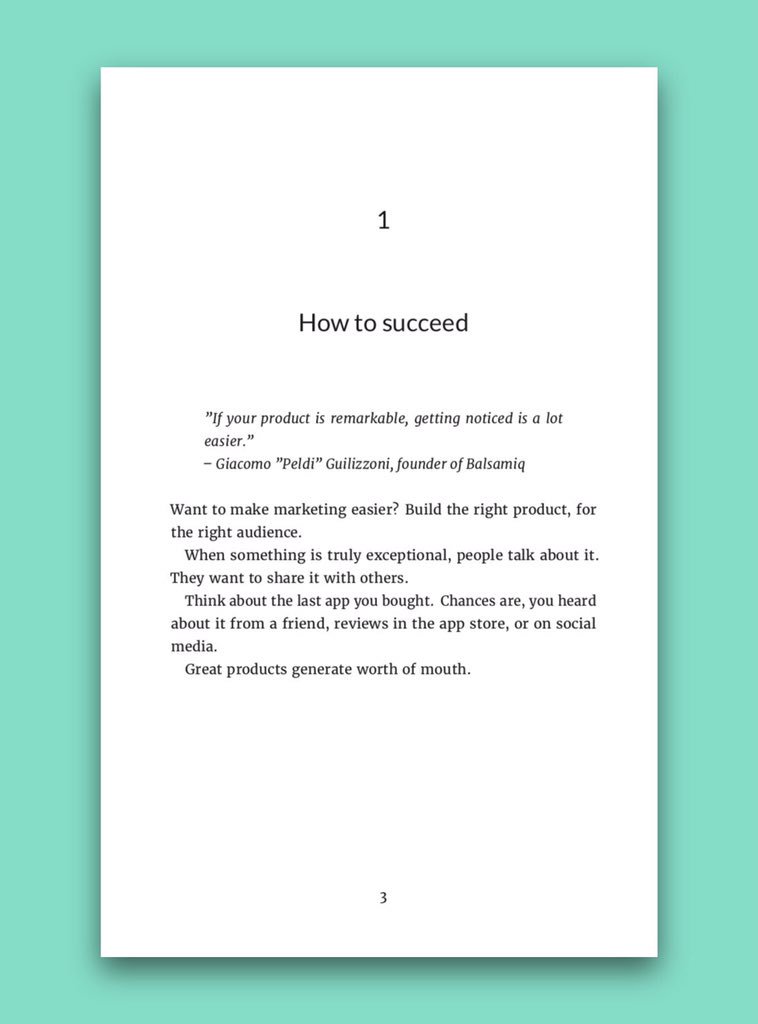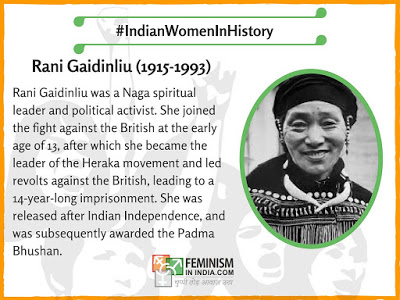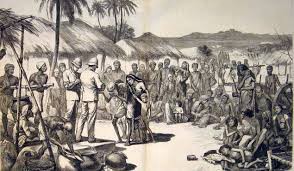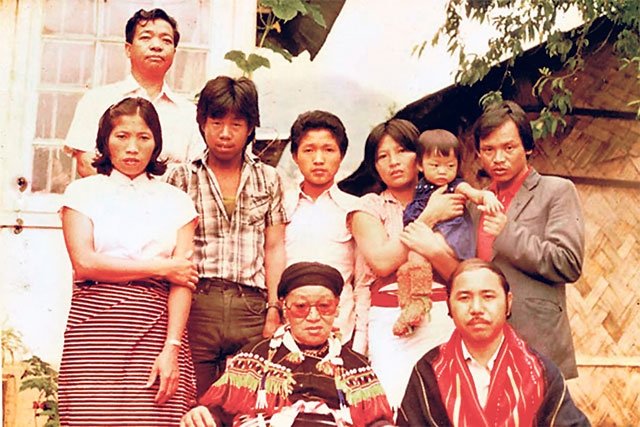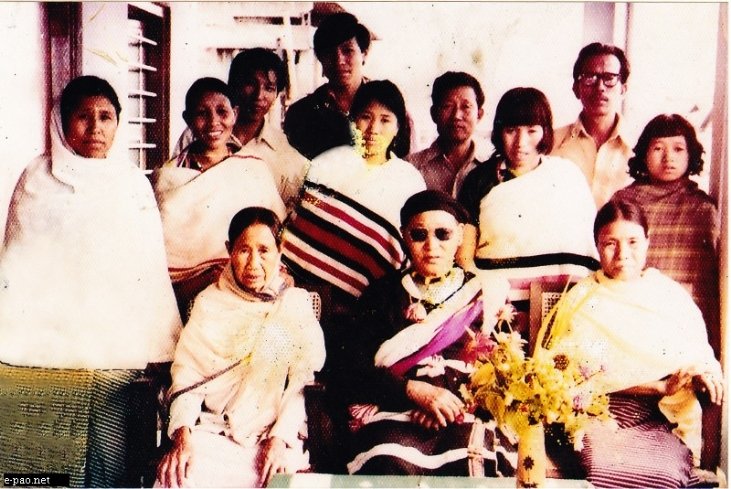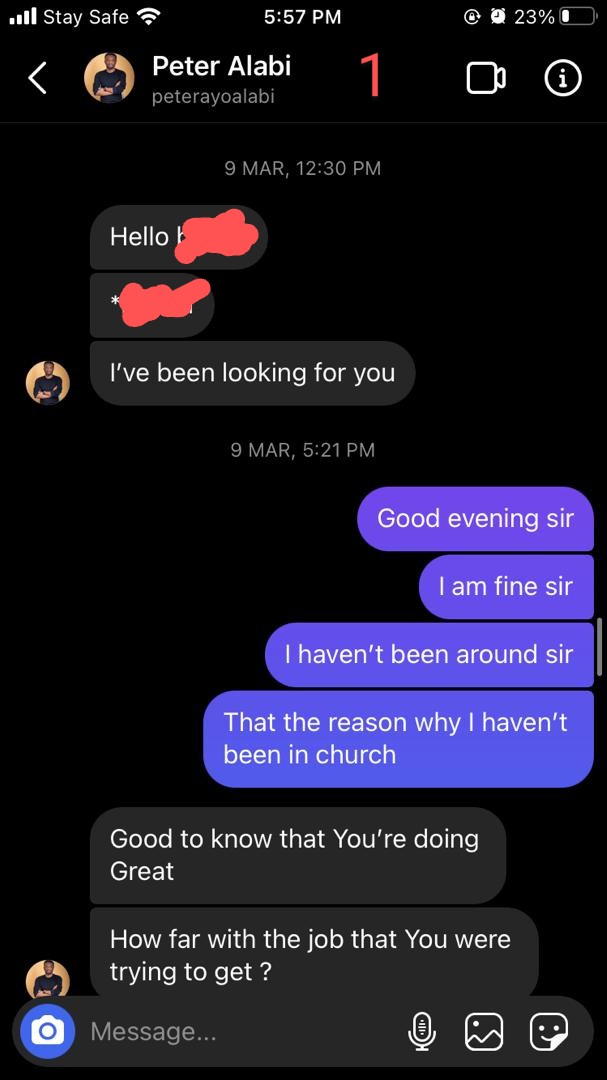ஆர்யாவின் இயற்பெயர் பாஷ்யம் என்றால்.... நாம் உடனே பின்வாங்குவோம்... யோசிப்போம்.... நடிகர் ஆர்யாவின் இயற்பெயர் பாஷ்யாமா... என கூகுள் செய்வோம்...."
தாம் எப்பாடு பட்டாவது தலைவர் பதவிக்கு வரவேண்டும் என்று மாபெரும் கொள்கையுடன் "தமிழர் நலன்.. தமிழ் தேசியம்.." என்றெல்லாம் உணர்ச்சிகளை தூண்டிவிடும் சமகால தந்திரசாலிகளை தலைவன் என்று போற்றிக்கொண்டிருக்கும் நமக்கு இந்த ஆர்யா என்ற பாஷ்யம் சற்று அந்நியப்பட்ட பெயர்தான்...
1932 ஜனவரி மாதம் 25ம் நாள் அந்த ஆர்யா என்கிற பாஷ்யம் திருவல்லிக்கேணியின் கடைத்தெருவில் துணிக்கடைகளில் ஏறி இறங்கிக்கொண்டிருக்கிறான்... அவன் கேட்டது..."இங்கே இந்திய தேசியக்கொடி இருக்கிறதா.."
பலர் "இல்லை" என்று சொல்லிவிட்டார்கள்... சிலர் அவர்கள் ரகசியமாய் விற்பனைக்கு வைத்திருந்த சிறிய அளவிலான கொடியை காட்டினார்கள்....
பாஷ்யத்தின் தேவை அந்த சிறிய கொடி அல்ல... அவனின் கற்பனையில் இருந்த கொடியின் அளவில் காலேஅரைக்கால் அளவுகூட இல்லை அவர்கள் காட்டிய கொடி...
அவனின் தேவை பெரிய அளவு... மிகப்பெரிய அளவு.... யோசித்தான்....
ஒரு பெரிய நான்கு முழ வேட்டியை வாங்கினான்... வண்ணப்பொடிக்கடையில் காவியும் பச்சையும் நீலமும் வாங்கிக்கொண்டான்.... தம்பு செட்டி தெருவில் தான் தங்கி இருந்த அறைக்கு வந்தான்....
வாங்கி வந்த வேட்டியில் ஒருபக்கம் காவியையும், ஒருபக்கம் பச்சையும் கரைத்து நனைத்து நடுவே நீல ராட்டை வரைந்து ஒரு இந்திய தேசியக்கொடியை உருவாக்கினான்.... அதில்..."இந்தியா இன்றுமுதல் சுதந்திரக்காற்றை சுவாசிக்கிறது.." என்று எழுதினான்....அதை காயவைத்து மடித்து இடுப்பில் சுற்றிக்கொண்டான்..
மேலே காக்கி அரைடவுசரும், காக்கி சட்டையும் அணிந்துகொண்டான்..
மீண்டும் திருவல்லிக்கேணி வந்தான்.... சுப்ரமணிய சிவாவின் மருமகன் வேணுகோபால சந்தித்தான்... "நான் எங்கு போனாலும் என் பின்னே தூரமாக தொடர்ந்து வா" என கட்டளையிட்டான்...
இருவருமாக மவுண்ட் ரோடில் இருந்த எல்பின்ஸ்டன் தியேட்டருக்குள் நுழைவுச்சீட்டு வாங்கி நுழைந்தார்கள்.. இரவு 12 மணி.. படம் முடிந்து அனைவரும் வெளியேற....
செயின்ட் ஜார்ஜ் கோட்டையில் காவல் பணிமுடிந்து பொழுதுபோக்க சினிமா பார்க்க வந்து வெளியேறியவர்களுடன் கலந்தான்... அதற்காகத்தான் அந்த காக்கி சீருடை தயார் நிலை...
காக்கி சீருடையில் கூட்டத்தில் கலந்து நுழைந்ததால் செயின்ட் ஜார்ஜ் கோட்டையில் இவனை யாரும் கண்டுகொண்டு தடுக்கவில்லை...
காவலர்கள் தங்கள் இருப்பிடம் திரும்பிக்கொண்டிருக்க... இவன் மட்டும் ரகசியமாய் பிரிந்து, கோட்டையின் கொடிமரம் நோக்கி நடந்தான்... 200 அடி உயர கொடிமரத்தில் 140 அடி ஏறிவிட்டான்.... அந்த அளவுவரைதான் கால் வைத்து ஏறும் வசதி இருந்தது..
அதற்கும் மேலே 60 அடி உயரம் வெறும் இரும்புக்குழாய் அமைப்புதான்.... மனதில் எரிந்த சுதந்திர வேட்கை , அந்த இரும்புக்குழாயை இறுகப்பற்றும் உறுதியை தந்தது அவனுக்கு...
அடி அடியாய் ஏறி 60 அடியையும் கடந்து உச்சியை அடைகிறான்... ஒரு உடும்பை போல தன்னை குழாய்களில் பிணைத்து இறுக்கிக்கொண்டு ,
தன இடுப்பில் இருந்த இந்திய தேசியக்கொடியை உதறி அந்த கம்பத்தில் கட்டுகிறான்...
சறுக்கியபடி கீழிறங்கி நழுவி. மீண்டும் தம்புச்செட்டித்தெருவை அடைகிறான்... மறுநாள் காலை ஜெயிண்ட் ஜார்ஜ் கோட்டை அலுவலக அதிகாரிகளின் மத்தியில் பரபரப்பு பற்றிக்கொள்கிறது......
எல்லா உயரதிகாரிகளும் கோட்டை கொடிமரத்தின் அருகே குழுமுகிறார்கள்...
"யார்.. யார்.... "
கேள்விகள் அவர்கள் புருவங்களை உயர்த்த.. ஆத்திரம் அவர்களின் கண்களை சிவக்க வைக்க... கொடிமரத்தை அண்ணார்ந்து பார்த்துக்கொண்டிருந்தது... அந்த திகாரிகள் கூட்டம்....
அதுவே அந்த தேசியக்கொடிக்கு அவர்கள் மரியாதை கொடுப்பதை போன்ற ஒரு தோற்றத்தை தந்தது...
எதுவுமே தெரியாதது போல தம்புச்செட்டித்தெருவில் தனியாளாய் நடந்து கொண்டிருந்தான் பாஷ்யம் என்ற ஆர்யா...
அதே 1932ம் வருடம் ஜனவரி 26ம் தேதியை நாம் சுதந்திரதினமாக கொண்டாடவேண்டும்.. என்று ஜவஹர்லால் நேரு விடுத்திருந்த அறைகூவலை செயலாக்கவே பாஷ்யம் கோட்டையில் கொடி ஏற்றினான்... இதை செய்தபோது அவனுக்கு வயது 25.
தற்போதைய திருவாரூர் மாவட்டம்.. அந்நாளைய தஞ்சாவூர் மாவட்டம் மன்னார்குடிக்கு அருகில் இருக்கும் சேரன் குளம் தான் அந்த ஆர்யா என்கிற பாஷ்யத்தின் சொந்த ஊர்...
இவன் ஒரு பார்ப்பனன் என்பதை இந்நேரம் கண்டுபிடித்திருந்தால்... நீங்கள் ஒரு சமகால சமூகநீதி காவலன் என்பதை சொல்லவே வேண்டாம்...
சீமானும், திருமுருகன் காந்தியும் பிரித்துக்கொண்டுபோக தமிழ்நாடு ஒன்றும் இவர்கள் அப்பன் வீட்டு சொத்து அல்ல....... இந்தியாவை உருவாக்கியது நாம்.... தேசியத்தமிழ் என்று சொல்லிப்பழகுவோம்......... இந்த தந்திர நரிகளின் தலைமை ஆசைக்கு பலிக்கடாவாகி தமிழ் தேசியம் என்று சீரழிய வேண்டாம்...
டெல்லியோ, மும்பையோ, கொல்கத்தாவோ.... சுதந்திர ஒப்பந்தம் கையெழுத்தானப்பிறகுதான் அங்கிருந்த கோட்டைகளில் தேசியக்கொடி பறந்தது.... ஆனால்... சுதந்திரம் வாங்குவதற்கு 15 ஆண்டுகளுக்கு முன்பாகவே கோட்டையில் இந்திய தேசியக்கொடியை ஏற்றி அழகுபார்த்தவர்கள் நாம்
யாரோ சிலரின் நாற்காலி ஆசைக்கு எம் தேசத்தை கூறுபோட அனுமதிப்பதா...??
பொருளாதார தேடலில் எங்கள் முன்னோர்கள் சொல்லிக்கொடுத்த "திரைகடலோடி திரவியம் தேடு" நாங்கள் பூமிப்பந்தில் ஏதோ ஒரு மூலையில் நிலைகொண்டிருக்கலாம்...
இந்தியா என் தேசம்.... என்ற நினைவுகள் நுரையீரல் முழுக்க நிரப்பிக்கொண்டுதான் நாங்கள் இருக்கிறோம்....
வாழ்க இந்தியா....!!!ஜெய் ஹிந்த் 🙏🇮🇳
#copied
Pushparaj Jayaraman



